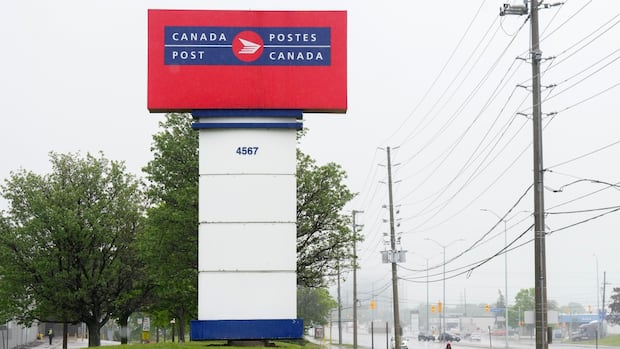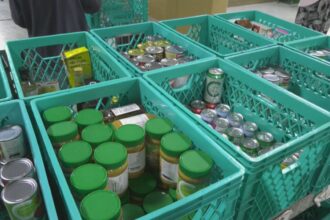The specter of a nationwide postal disruption draws closer as the Canadian Union of Postal Workers (CUPW) has firmly rejected Canada Post’s latest contract proposal, setting the stage for potential strike action as early as November 11th. This development threatens to disrupt mail and parcel delivery across the country just as businesses and consumers prepare for the critical holiday shopping season.
Negotiations between Canada Post and its 55,000 workers have reached a critical impasse following months of increasingly tense discussions. Union representatives describe the corporation’s offer as “woefully inadequate” on key issues including wage increases, workplace safety, and job security—concerns that have only intensified since the pandemic fundamentally transformed the postal landscape.
“This isn’t simply about compensation,” explained CUPW National President Jan Simpson during yesterday’s press conference. “It’s about creating sustainable working conditions in an environment where parcel volumes have exploded while staffing levels remain stagnant. Our members face increasing workloads, injury risks, and forced overtime that has become normalized rather than exceptional.”
Canada Post spokesperson Phil Legault defended the corporation’s position, stating their offer includes a “competitive wage increase of 11.5% over four years and substantial improvements to health benefits.” However, industry analysts note this falls significantly short of the union’s demand for a 15% increase over three years that would better align with current inflation rates and cost-of-living pressures facing workers.
The potential work stoppage comes at a particularly vulnerable time for Canadian businesses that rely heavily on postal services. Small business associations have already raised alarms about the devastating impact a prolonged strike could have during the make-or-break holiday shopping period, with many still recovering from pandemic-related setbacks.
“The timing couldn’t be worse for retailers,” notes Dr. Amelia Richardson, retail economist at the University of Toronto. “Many businesses generate 30-40% of their annual revenue during the November-December period. A postal disruption now could force consumers toward large e-commerce giants with private delivery networks, potentially causing permanent damage to smaller Canadian merchants.”
Federal Labour Minister Steven MacKinnon has called for intensified negotiations, emphasizing the government’s preference for a negotiated settlement rather than back-to-work legislation, which has been employed during previous postal disputes. However, with increasing pressure from business groups and the looming holiday season, government intervention remains a distinct possibility if talks continue to falter.
For consumers, contingency planning has already begun. Financial institutions are advising customers to switch to electronic billing, while online retailers are expanding relationships with alternative delivery services. Canada Post processes approximately one million parcels daily during normal operations—a figure that typically doubles during the holiday rush.
The dispute highlights deeper structural challenges facing Canada Post as it navigates a rapidly evolving marketplace. While parcel delivery has grown exponentially—driven by e-commerce trends accelerated during the pandemic—traditional letter mail continues its steady decline, creating fundamental questions about the corporation’s business model and workforce requirements.
Union representatives have also emphasized persistent safety concerns, noting that postal worker injuries increased 22% between 2021 and 2023, according to WorkSafe Canada data. These statistics underscore the physical toll of handling increased parcel volumes with aging infrastructure and what workers describe as inadequate staffing levels.
As the November 11th deadline approaches, both sides have scheduled additional bargaining sessions, though observers remain skeptical about bridging the substantial gaps that remain. For millions of Canadians and businesses across the country, the question remains: will our critical postal infrastructure remain operational during the most important delivery season of the year, or are we heading toward a holiday season defined by postal uncertainty?










